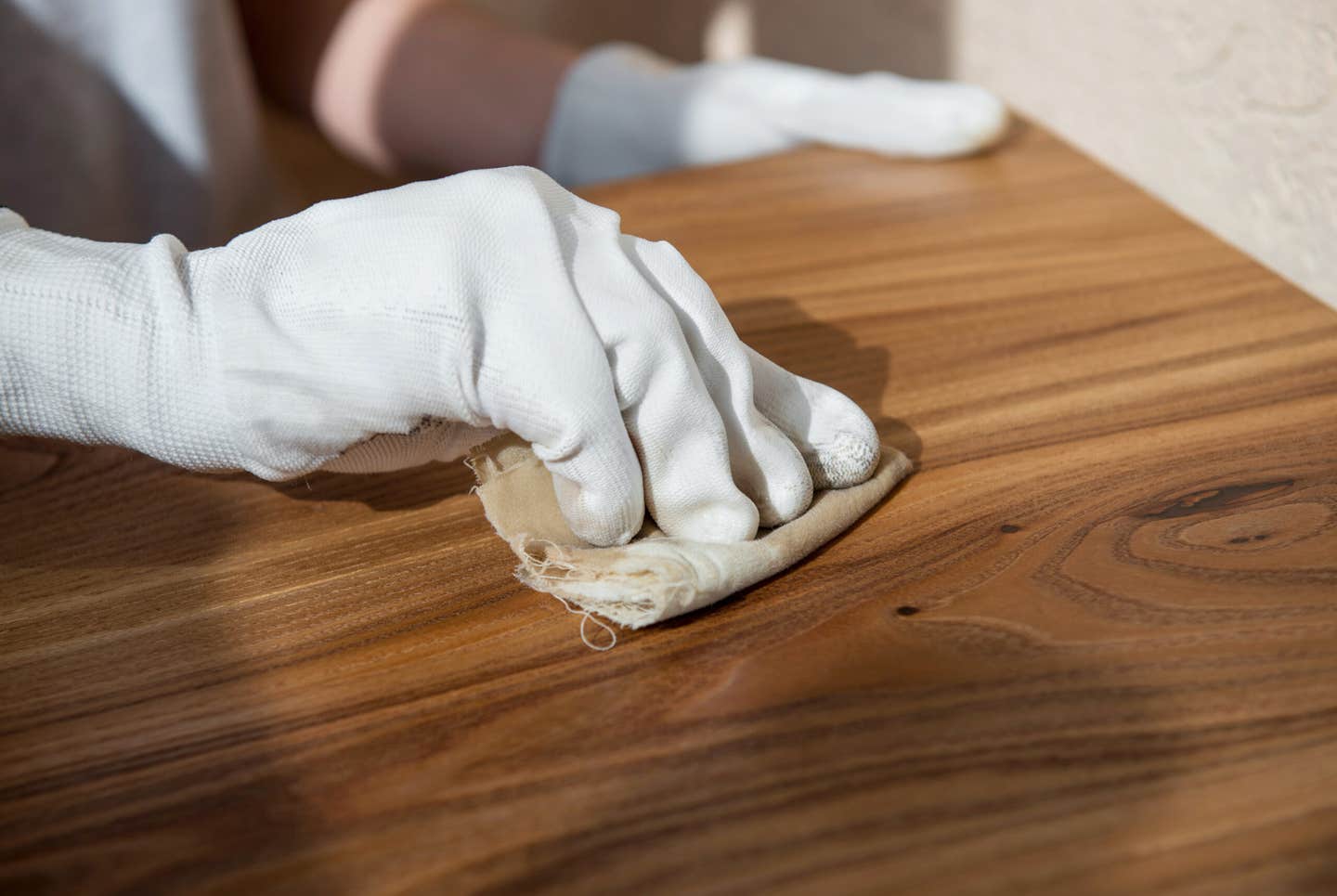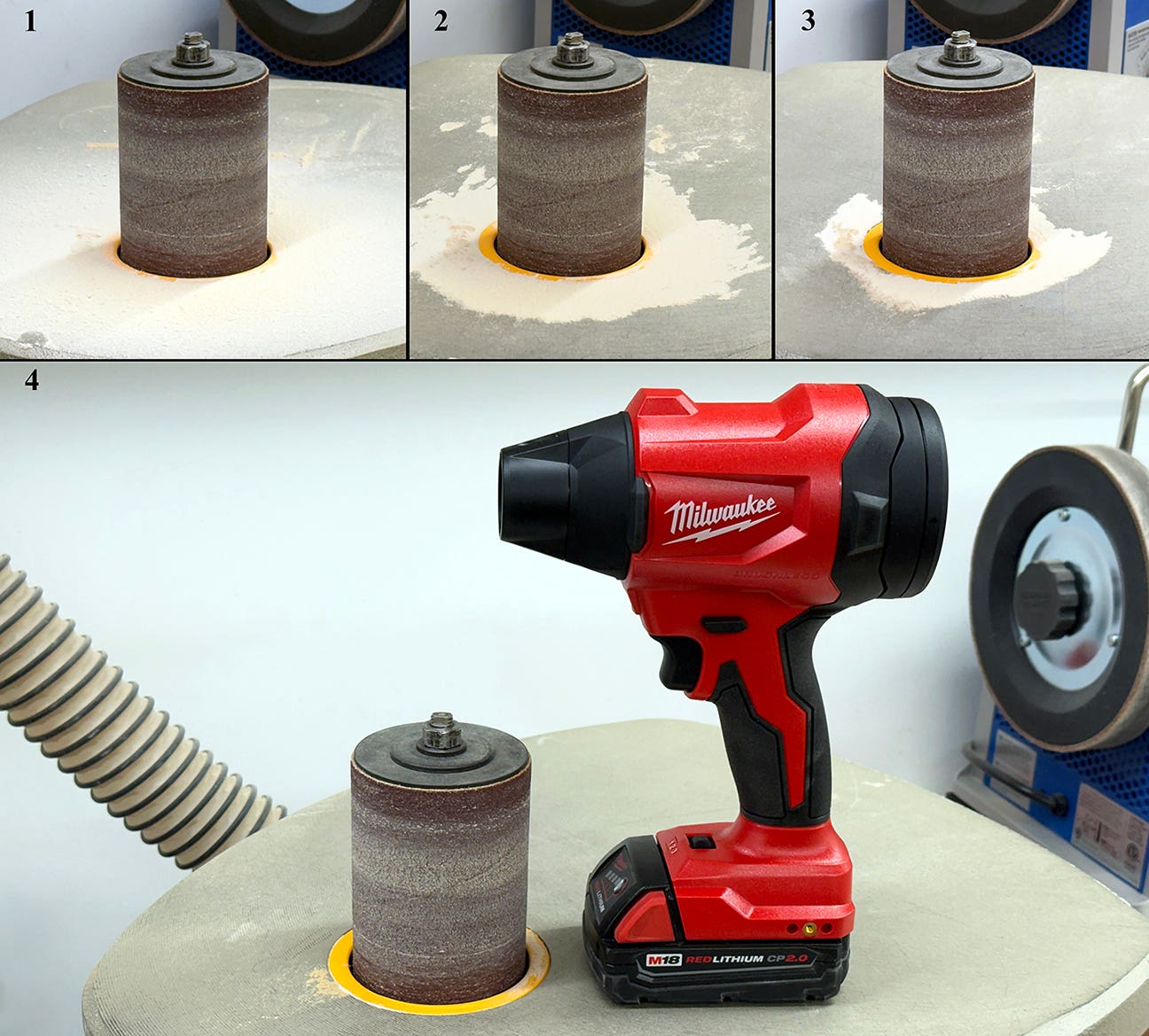The risky business of insurance coverage
In May 2009, Cleveland’s Plain Dealer reported the closure of a woodshop in the city of Bay Village, Ohio. Hobbyists and volunteers used the shop, which was actually owned by…
In May 2009, Cleveland’s Plain Dealer reported the closure of a woodshop in the city of Bay Village, Ohio. Hobbyists and volunteers used the shop, which was actually owned by the city. They built projects for themselves and various charities, including the local historical society’s Osborn House. The closure came after a routine insurance inspection found a number of problems. According to the newspaper, “the shop’s home-designed exhaust system for sawdust is a fire hazard, along with the fumes from thinners, paints and glues as well as the open pilot furnace located within the shop space.”
So how does your shop stack up?
Types of coverage
Buying insurance is a complex and confusing experience for woodshop owners. Each workspace is a little different in terms of materials, machinery, finishes, layout and a host of other concerns and this prevents insurance providers from having a uniform approach. The risk is judged on a shop-by-shop basis. It would be nice to be able to provide succinct and simple guidelines for shop owners seeking coverage, but the best alternative is to list topics that one should discuss with an agent.
Begin with the type of coverage needed. Liability insurance is designed to protect the shop from claims that come from people outside the business. This could be a customer who slips in the showroom or a homeowner whose new cabinet falls off the wall or something from left field such as a dog who chewed on lacquered trim and got sick.
Property insurance covers the actual shop (the building and its contents, such as machinery and inventory).
Workers’ compensation “provides money and medical benefits to an employee who has an injury as a result of an accident, injury or occupational disease on the job.” That definition comes from workerscompensation.com, which is a handy resource for anyone thinking of hiring shop help. What is different about this type of insurance is that it is designed to benefit both the shop owner and the employee and it doesn’t seek to determine negligence or fault. Workers who are injured receive a weekly check and, in return, they give up their right to sue the employer.
Risk control
The first of these, liability insurance, can become a much smaller issue if a woodshop stringently implements one simple rule: customers must never enter the shop. Having signs posted to that effect, and a track record of maintaining this policy, is something an agent will want to see when assessing your risk. There are lots of other things that a business can do to control risk and the more apparent these efforts are the better. Good risk control can mean the difference between finding an insurer or not and can definitely affect policy rates.
Among the things a shop can do are having a sprinkling system; instituting a smoking ban; fire alarms and posting an escape plan in the event of a fire; having an electrical inspection to ensure that everything is grounded and meets code; cleanliness (no piles of rags or sawdust, clean walkways); finish and other volatiles stored in a fire vault or even off site in a separate shed, and even keeping the inventory of finished projects and valuable hardwoods in an area other than on the shop floor where it is less susceptible to fire damage.
Insurance risk assessors also look for spark-free fans in exhaust systems, heating plants that don’t have open pilot lights and proper dust collection. Sprinkler systems are often required for shops larger than 1,500 square feet. They also like to see guards on tools.
Important issues
The shop itself is a major part of any assessment, too. Is it a home shop that is inside, attached to or in close proximity to your residence? If so, it might be time to check with your homeowner’s insurance representative to see what’s covered and what’s not. (After the fire is a bad time to ask those questions.) Homeowner’s insurance generally will not cover a home shop if it is being operated as a business — or the company will have a very small cap on their exposure. If the shop is in a commercial or industrial zone, one big issue is whether it is being leased or is actually owned by the woodworking business.
Those are two very different policies. Generally, the landlord insures the building and the woodshop owner insures the contents. But who is responsible if you burn down the building? And this becomes a much bigger issue if there are other tenants who suffer loss. It’s a question that needs to be asked. Also, one should read the lease agreement and see what insurance coverage is required and then check that those minimums are being met.
Another good question to raise is how are you or your staff covered on installations? If one of your installers breaks the bowed glass in a client’s china cabinet or leaves the door unlocked and a burglar enters, what’s the coverage? And what about trade shows, festivals or other public events?
If the shop creates furniture or other art pieces that are sold through a gallery, odds are the onus is on the builder to provide insurance. Galleries are faced with an issue called “insurable interest.” If they don’t own the work, they generally can’t insure it. If the builder is a one-man shop, some homeowner policies will allow him/her to add a rider covering a few gallery pieces. But it’s important to establish the value of art up front because this is a very subjective area. Some companies will ask what it cost to build, rather than what it will fetch in a retail environment. Ask your agent how his/her company makes these decisions.
Spray booths/finishing rooms are often an issue, especially if the insurance agent is unfamiliar with them. A good tip, when looking for an agent, is to ask at local auto-body shops. If several of them buy policies from the same company, this might be a good place to start.
As part of an overall effort to control risk, liability waivers can be quite valuable in that they show the signer was made aware of certain risks. This can mitigate damages. Waivers can be used when people physically visit the shop or the jobsite or when any unusual request is made such as using materials in a way that is normally not recommended, but is insisted by a client. Waivers should always be drawn up or be approved by an attorney. Downloading one online might well increase, rather than decrease, one’s exposure to liability.
The Bay Village shop failed to adequately control risk, didn’t seem to treat their insurer as a valuable business partner and eventually had their doors closed.
Are you at risk?
John English is a freelance writer and teaches furniture design/build, casework and woodturning at the Black Hills School of Woodworking in Belle Fourche, S.D.
This article originally appeared in the October 2012 issue.







